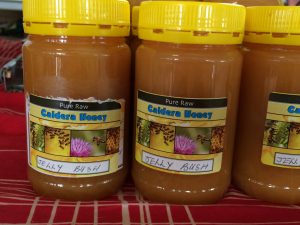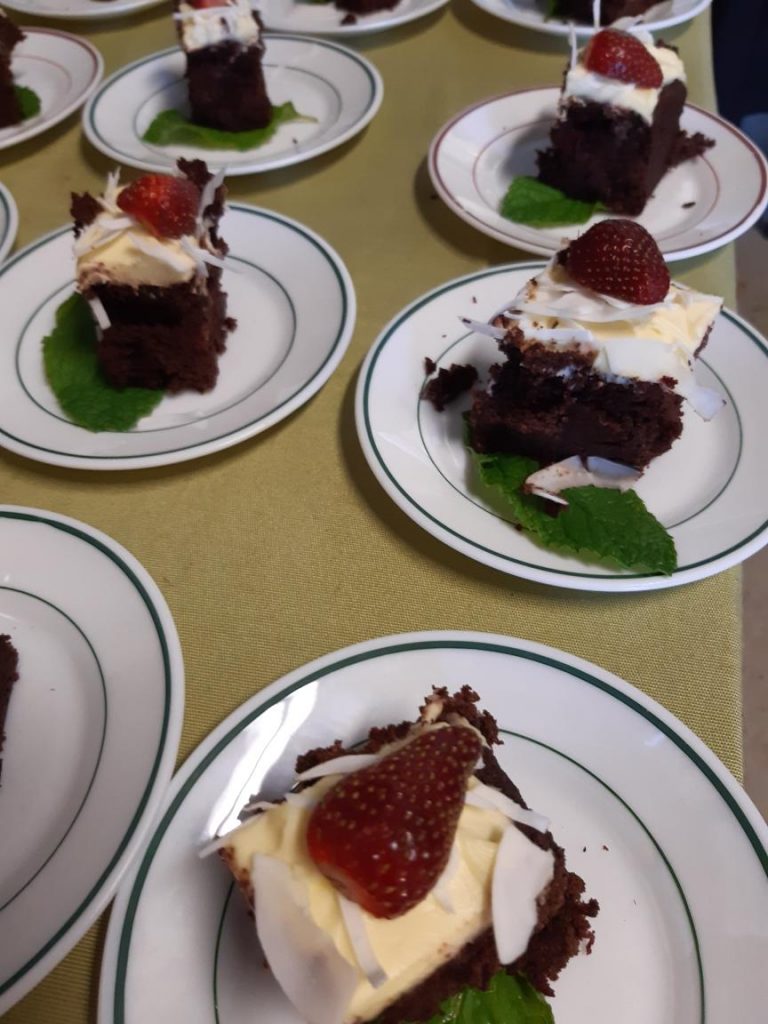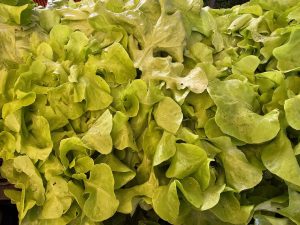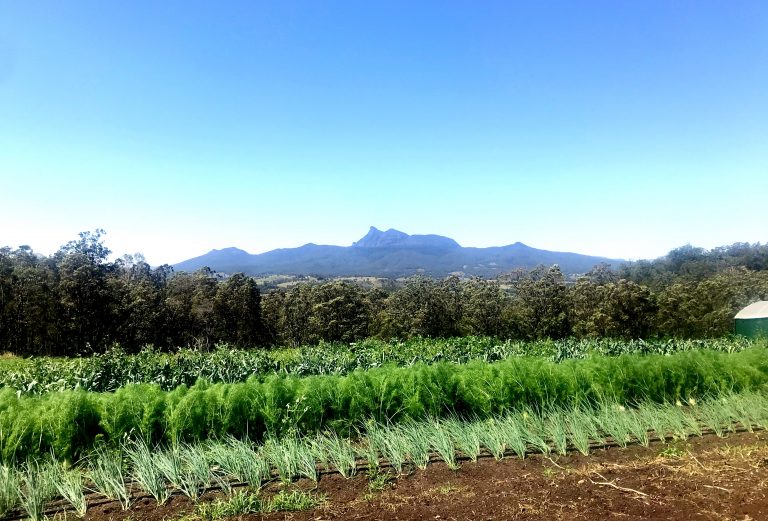
I hope you had a lovely weekend. Perfect weather for the first week of the school holidays provides us with so many choices. I was very fortunate to enjoy a farm walk at Summit Organics – the second farm tour they have offered in the past couple of months. Farm walks give us an invaluable opportunity to hear their story and see what passion + incredibly hard work + exceptional planning combined with years and years of experience and learning can achieve.
As Brooke who attended said to me over lunch “I was already grateful that I could buy their food each week but after seeing the huge amount of planning and effort that goes into producing this food throughout the year, I am so much more grateful”.
Like us all she was completely blown away by what we saw and heard. AND then there was lunch; a delicious lunch, lingering conversations over arancini balls and salad, followed by chocolate and beetroot cake – always one of my favourites. Wow what can I say!!
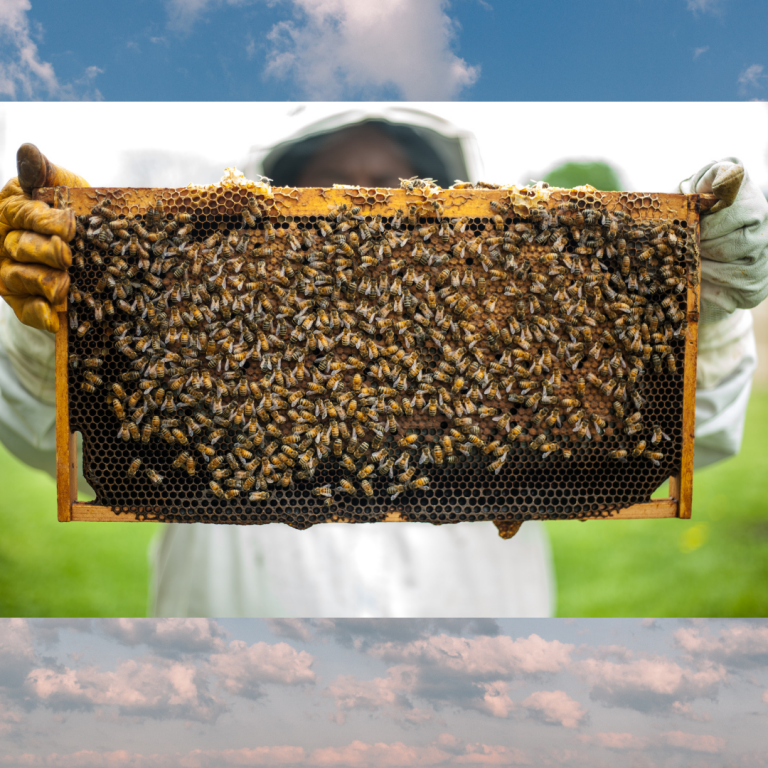
What’s News at the Market this Week?
This week I am shining the spotlight on HONEY – that highly sought after sweetener that really is much more than just something to enjoy on toast. Honey has taken a huge leap in popularity during COVID said eighty three year old Barry McLean and the bee keeper extraordinaire who ensures we have Caldera Honey at the market every week of the year.
This year has been a little more challenging than usual for Barry. Why? Because the drought late last year has had such a dire impact on ironbark and spotted gum honey production. Barry has far less honey from these varieties than in recent years.
Barry said that although we’ve had some reasonable rain this year it is still dry in the forest. The rainfall simply has not been heavy or prolonged enough to penetrate deeply and we need heavy rain to get water into the subsoil where the roots of the ironbark and spotted gum reside.
A prolonged dry spell has an impact on these trees flowering capacity. They set flower buds in December and January but these buds don’t open into flowers until September – and that is just for the ironbarks. I was amazed when Barry told me that spotted gums can take up to 15 months from setting bud to when their flowers open! The drought in December has caused a huge reduction in trees budding so right now there is a diminished flower supply. Take a look around your area and see if your eucalypts are flowering.
Barry said that it will take several years and good soaking rainfall for the eucalypts to recover.
Fortunately though, Barry has bee hives in the Melaleuca forests and coastal heath areas. In these habitats the time from bud set to flowering is 4-6 weeks and 3-4 weeks respectfully. So fortunately Barry has been collecting a plentiful supply of honey from these areas including his popular Jelly Bush honey.
Jelly bush is Australia’s version of Manuka honey known for its healing qualities such as wound healing and fighting infections. This healing capacity is because of the presence of methylglyoxal (MGO), dihydroxyacetone (DHA) and leptosperin – the naturally occurring carbohydrate metabolites that give Manuka honey its healing power.
Jelly bush tastes like a paperbark honey because it is only produced in the spring when the coastal heath explodes into a shower of tiny flowers. Realising what he thought he had discovered, Barry arranged for his jelly bush honey to be tested for these metabolites and was very happy it was verified
